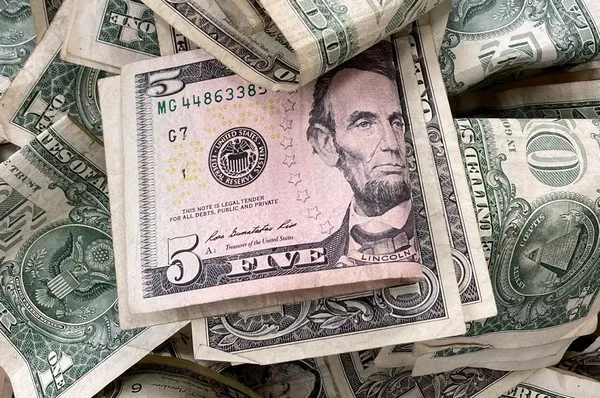In the realm of currency and finance, the United States has a rich history of producing various denominations of banknotes. Among these, one denomination stands out for its sheer size and rarity – the $100,000 bill. As we delve into the world of United States currency, let’s unravel the mysteries surrounding the largest USD bill and explore its history, significance, and the fascinating stories it holds.
Historical Background:
The $100,000 bill, also known as the “Gold Certificate,” emerged during a time when the United States was undergoing significant economic changes. The year was 1934, and the country was grappling with the aftermath of the Great Depression. In response to the economic challenges, the U.S. government made a strategic decision to consolidate its gold reserves.
As a part of this effort, the U.S. Department of the Treasury introduced high-denomination banknotes, including the $100,000 bill. However, it is essential to note that these bills were not intended for general circulation. Instead, they were exclusively used for transactions between Federal Reserve Banks and the U.S. Treasury.
Design and Features:
The $100,000 bill, adorned with the portrait of Woodrow Wilson, the 28th President of the United States, was a gold certificate. The face of the bill featured an intricate design, embodying the artistic elements typical of U.S. currency. The reverse side, on the other hand, remained relatively simple, emphasizing the utilitarian purpose of the note.
The size of the $100,000 bill is notably larger than the common banknotes in circulation. Measuring 8.375 by 3.125 inches, it dwarfs its more commonplace counterparts, reflecting its unique status as a high-denomination currency.
Circulation and Use:
Given its astronomical face value, the $100,000 bill was never intended for public use. Instead, it served a crucial role in facilitating large-scale transactions between the Federal Reserve Banks and the U.S. Treasury. These transactions often involved the transfer of gold reserves, a practice that was prevalent during the early to mid-20th century.
As the United States gradually transitioned away from the gold standard in the 20th century, the need for such high-denomination bills diminished. Consequently, the production of these large bills ceased, and they were gradually withdrawn from circulation. Today, these bills are considered rare collectibles, sought after by numismatists and collectors.
Collectors’ Appeal:
The allure of the $100,000 bill extends beyond its face value; it lies in its scarcity and historical significance. Due to their limited circulation and the fact that they were never meant for public use, these bills are highly coveted by collectors. Numismatists, individuals who study and collect currency, often consider the $100,000 bill as the pinnacle of their collections.
The scarcity of these bills is further heightened by the fact that only a limited number were ever produced. In fact, a mere 42,000 $100,000 bills were printed, making them an exceedingly rare commodity in the world of currency collecting. Today, a well-preserved $100,000 bill can fetch a substantial sum at auctions and private sales, adding to its mystique and value.
Legal Tender Status:
While the $100,000 bill holds immense historical and collectors’ value, it is crucial to understand that it is no longer legal tender. The decision to discontinue the use of high-denomination bills like the $100,000 note was made in 1945. Consequently, these bills cannot be used for day-to-day transactions, and their value is primarily derived from their historical significance and rarity.
Current Market Value:
The market value of a $100,000 bill can vary significantly based on factors such as its condition, rarity, and historical provenance. In recent years, these bills have gained attention at auctions, where collectors vie for the opportunity to add this unique piece of American currency to their collections.
A well-preserved $100,000 bill in uncirculated condition can command prices in the six or even seven-figure range. However, due to their scarcity, finding one in pristine condition is a challenging endeavor. The market for high-denomination bills is relatively niche, with only a handful of serious collectors actively seeking these rare treasures.
See Also How Much Money Is A Two Dollar Bill Worth
Conclusion:
The $100,000 bill, the largest denomination of U.S. currency ever produced, stands as a testament to a bygone era in American financial history. Its rich design, historical significance, and limited circulation contribute to its allure as a prized collectible. While the days of using such high-denomination bills for transactions are long gone, the $100,000 bill continues to captivate the imagination of collectors and enthusiasts, serving as a tangible link to the economic evolution of the United States. As these rare bills change hands in the world of numismatics, they carry with them the stories of a time when gold-backed currency and monumental transactions shaped the nation’s financial landscape.


